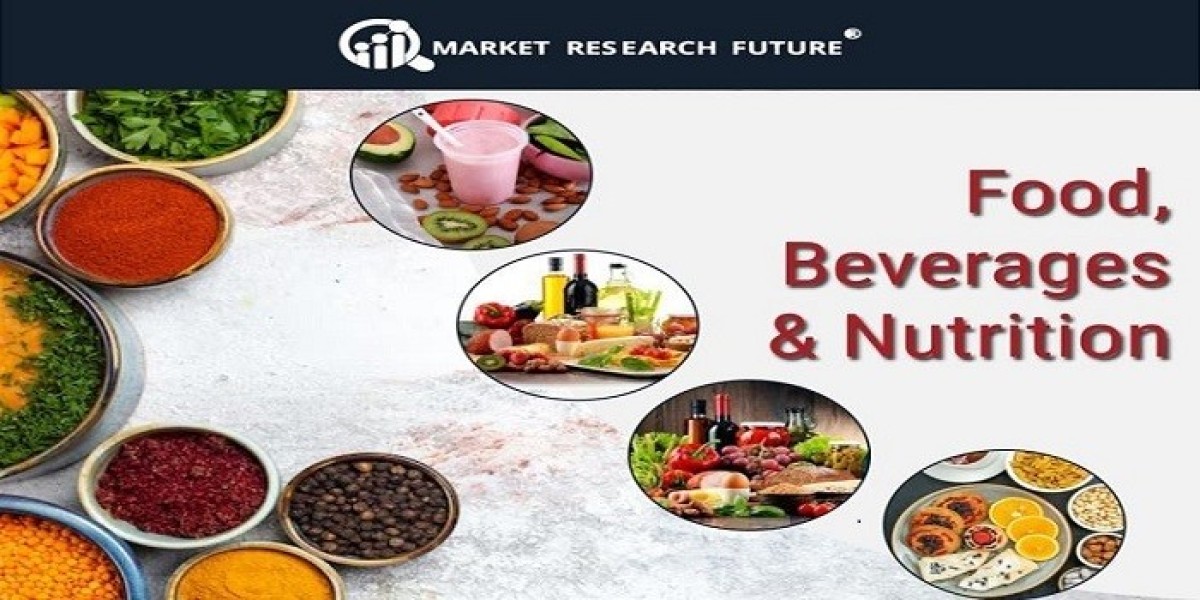In recent years the world of flour and baking has begun to shift: no longer is wheat or rice the only base; pulses (legumes) have entered the picture. “Pulse flours”, made by milling dried legumes, are gaining traction globally. According to the MRFR report, the Pulse Flours Market is projected to grow from USD 11.3 billion in 2024 to about USD 36.6 billion by 2035, reflecting a compound annual growth rate (CAGR) of ~11.3 % from 2025 to 2035.
What’s driving this shift?
Health & clean-label positioning: Pulse flours benefit from higher protein, higher fibre, lower glycemic index and naturally gluten-free credentials, which appeal to increasingly health-conscious consumers.
Sustainability & plant-based diets: As more consumers adopt plant-forward diets, pulses offer a sustainable ingredient—often requiring less water and fertilizer — which resonates with green-label and eco-aware markets.
Application diversification: Beyond just bakery, pulse flours are used in meat alternatives, beverages, savoury snacks and more. The MRFR report highlights bakery products dominate among applications, but the scope is expanding.
Implications for industry stakeholders
Ingredient suppliers & flour mills: The surge in demand offers opportunity to expand pulse-flour production, innovate blends (pulse + cereal), enhance functional properties (binding, texture, taste).
Food brands (bakery/snacks/meat-alt): Using pulse flour allows brands to tap into “better-for-you” and gluten-free narratives. Reformulating cakes, biscuits, crackers, meat-free patties with pulse flour can appeal to discerning consumers.
Investors & supply-chain players: With projections into the tens of billions, the opportunity is substantial—especially for those focused on pulses, milling, functional ingredients.
But there are challenges
Cost & ingredient sourcing: Pulse flours often cost more than conventional cereal flours due to crop variability, processing, functional testing.
Technology & formulation complexity: Replacing or blending wheat flour with pulse flour involves texture, taste and binding challenges — R&D is required.
Consumer perception: Many consumers still associate “flour” with wheat; communicating the benefits of pulses is key.
Conclusion
Pulse flours have moved beyond niche—they’re becoming a mainstream ingredient in the evolving food-industry landscape. With strong growth trajectories, sustainability credentials, and broadening applications, the opportunity is clear. For ingredient suppliers, flour producers and food brands alike, now is the time to explore pulse-flour innovation and integration.







